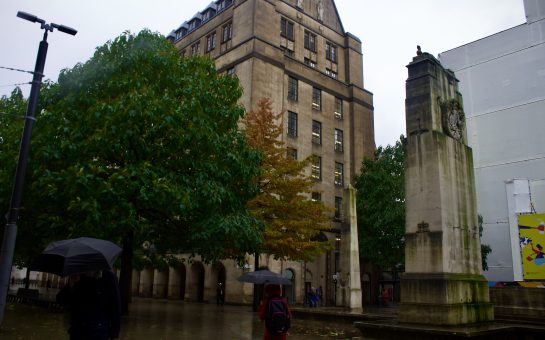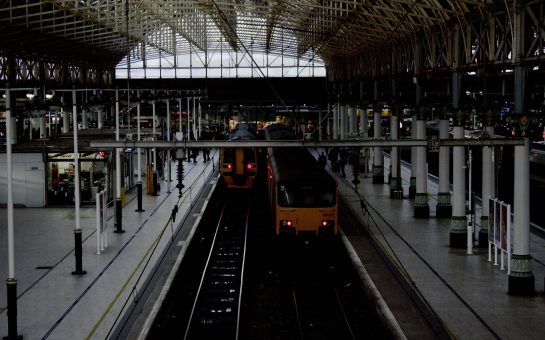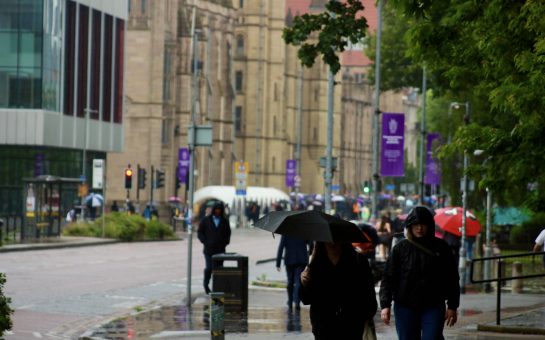Scientists at The University of Manchester have developed a way to detect counterfeit alcohol without even needing to touch the liquid.
It works by using lasers to quickly analyse the chemical contents of a closed container.
Ideally, detection of dodgy booze would take place at source, without having to take samples to a lab and open them – but before now this has not been possible.
The University’s School of Chemistry are the first to show that already commercially available handheld technology can be applied to alcoholic spirits that are still in their bottles.
Dr David Ellis, who worked on the University of Manchester’s project, said: “Sales of illicit spirit drinks can have serious health impacts when industrial alcohols or methanol are used by counterfeiters and unknowingly consumed, with multiple deaths reported worldwide each year.
“That is why we have developed this approach, not only to ensure brand authenticity, but also to safeguard public health.”
Counterfeit spirits are a major problem – they can contain methanol (something that’s used in antifreeze), and alcohol levels that can be wildly different from the advertised amounts.
Issues associated with these counterfeited goods are also being seen worldwide in tourist hotspots like Mexico and Indonesia, and a joint EUROPOL/INTERPOL task force seized 385,164 litres of illegal spirits between November 2015 and February 2016.
The tech, known as Resolve and produced by UK firm Cobalt Light Systems, has before now usually been used for tasks such as detecting explosives or pharmaceutical analysis.
The ‘SORS’ device (that’s ‘spatially offset Raman spectroscopy’, a mouthful to say after a few shots of fake vodka) could identify multiple counterfeit products in the study, and even differentiate between different brands of Scotch Whisky.
The team were also able to detect chemicals used by counterfeiters even when in extremely low concentrations in the fake spirit drinks.
The group from the School of Chemistry at the Manchester Institute of Biotechnology worked in collaboration with the Scotch Whisky Research Institute (SWRI) in Edinburgh, Cobalt Light Systems in Abingdon, and the Central Laser Facility at the Rutherford Appleton Laboratory, Oxford.
The link to the study published this week can be found here: http://rdcu.be/v27Z
Image courtesy of dcumps via YouTube, with thanks.



